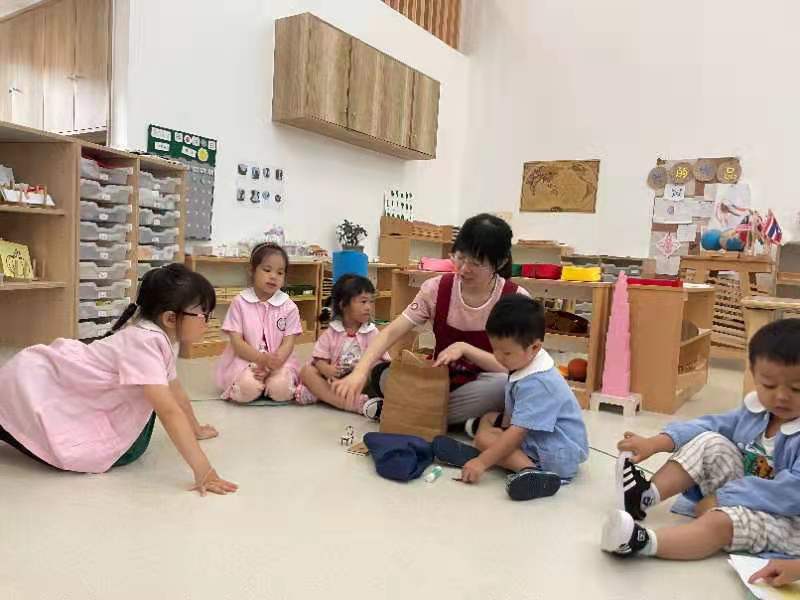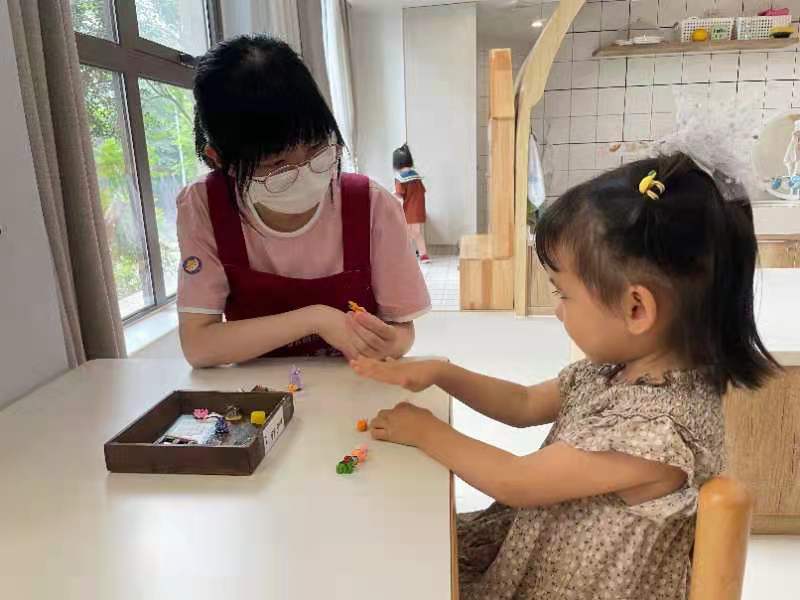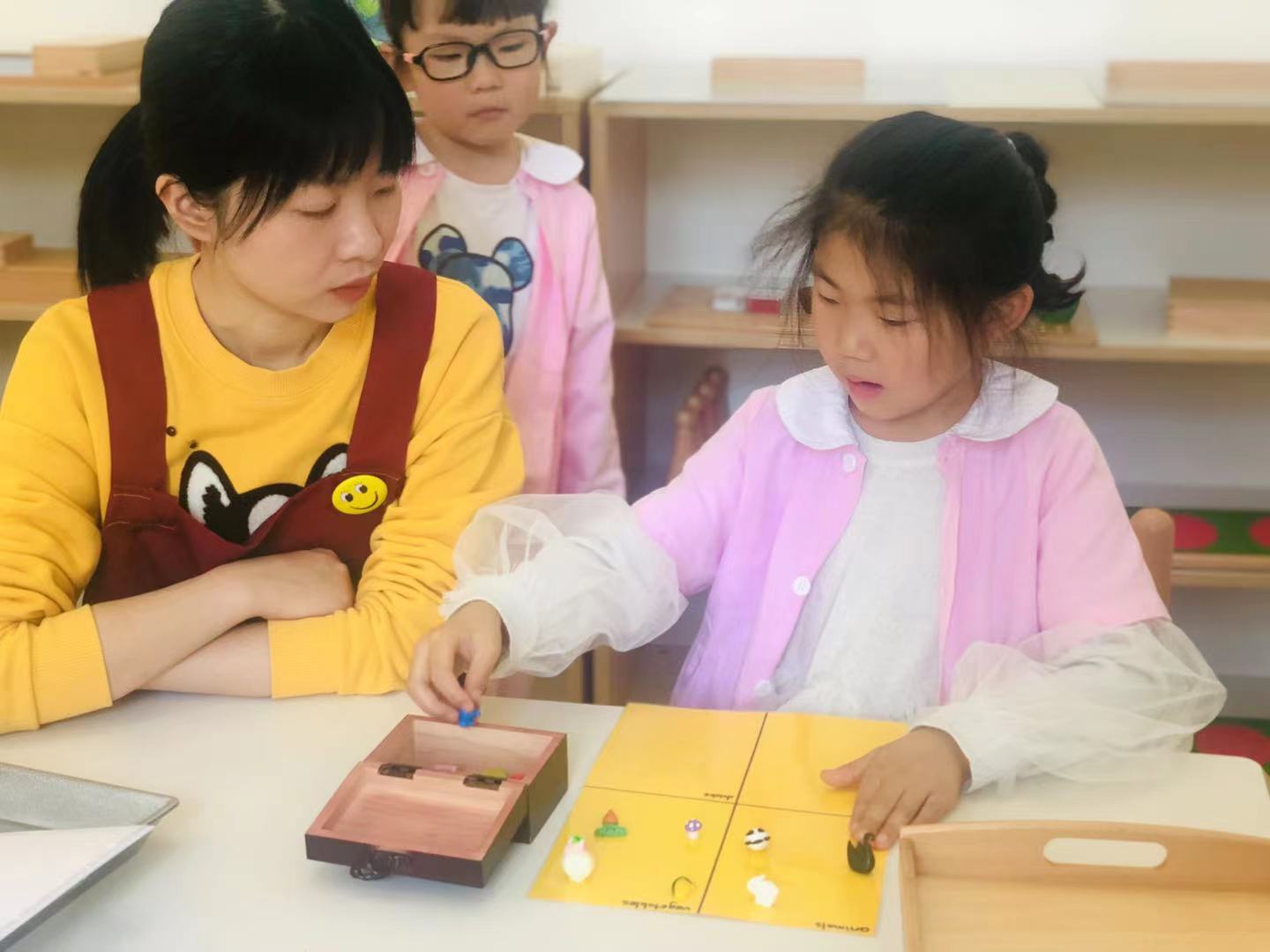Teaching English as an additional language in Montessori class
「蒙特梭利環(huán)境」裡的外語教學(xué)
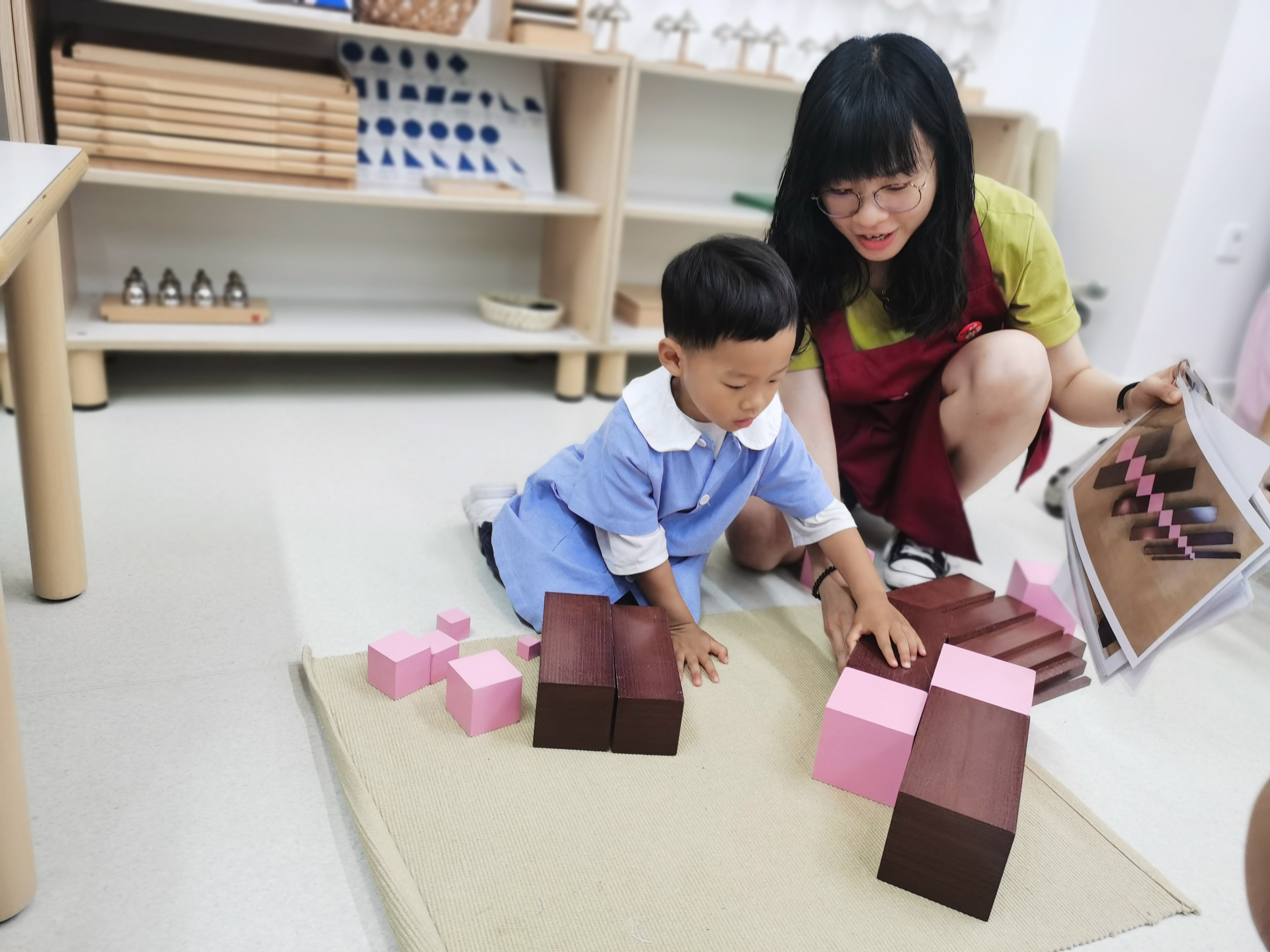
「Prepared Environment」, a frequently used word in Montessori education, is an important factor for children who are learning English in addition to another language or languages being spoken at home. A Montessori prepared environment is particularly suitable for facilitating second language acquisition and requires little adaptation to meet the needs of children learning English who are being immersed in the language.
「有準(zhǔn)備的環(huán)境」是蒙特梭利教學(xué)中的高頻詞����,對(duì)於打算將英語作為第二或第三語言的孩子來(lái)說(shuō)�����,它同樣也是其語言學(xué)習(xí)過(guò)程中一個(gè)至關(guān)重要的因素�����。一個(gè)有準(zhǔn)備的蒙特梭利環(huán)境�����,不僅能幫助尚處於第二語言學(xué)習(xí)初級(jí)階段的孩子更好地去掌握這門(mén)語言����,同時(shí)對(duì)於那些已經(jīng)能熟練運(yùn)用第二語言的孩子來(lái)說(shuō)����,也幾乎不需要他們做出任何學(xué)習(xí)習(xí)慣的調(diào)整���,就能滿(mǎn)足他們繼續(xù)學(xué)習(xí)第二語言的需求����。
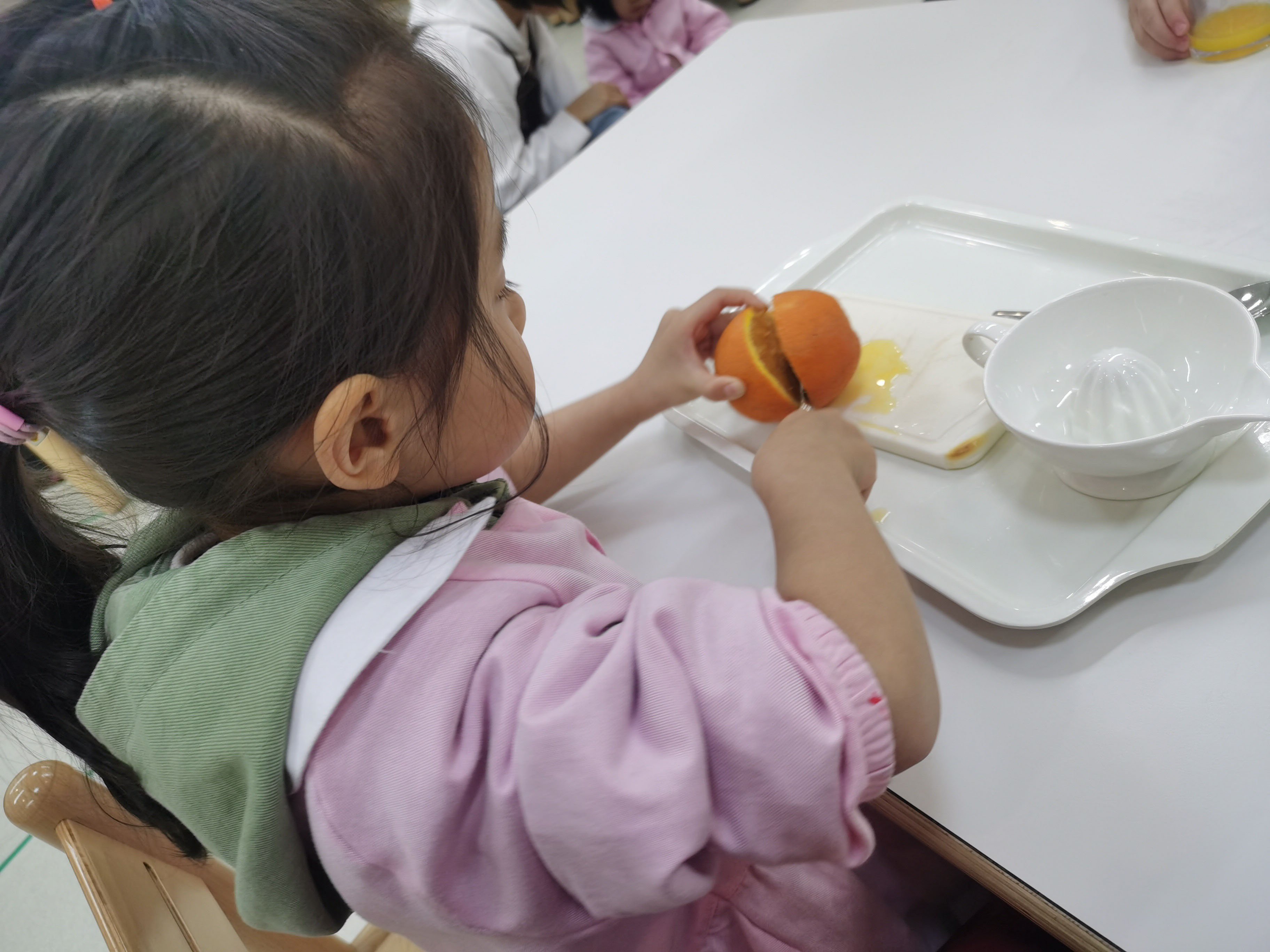
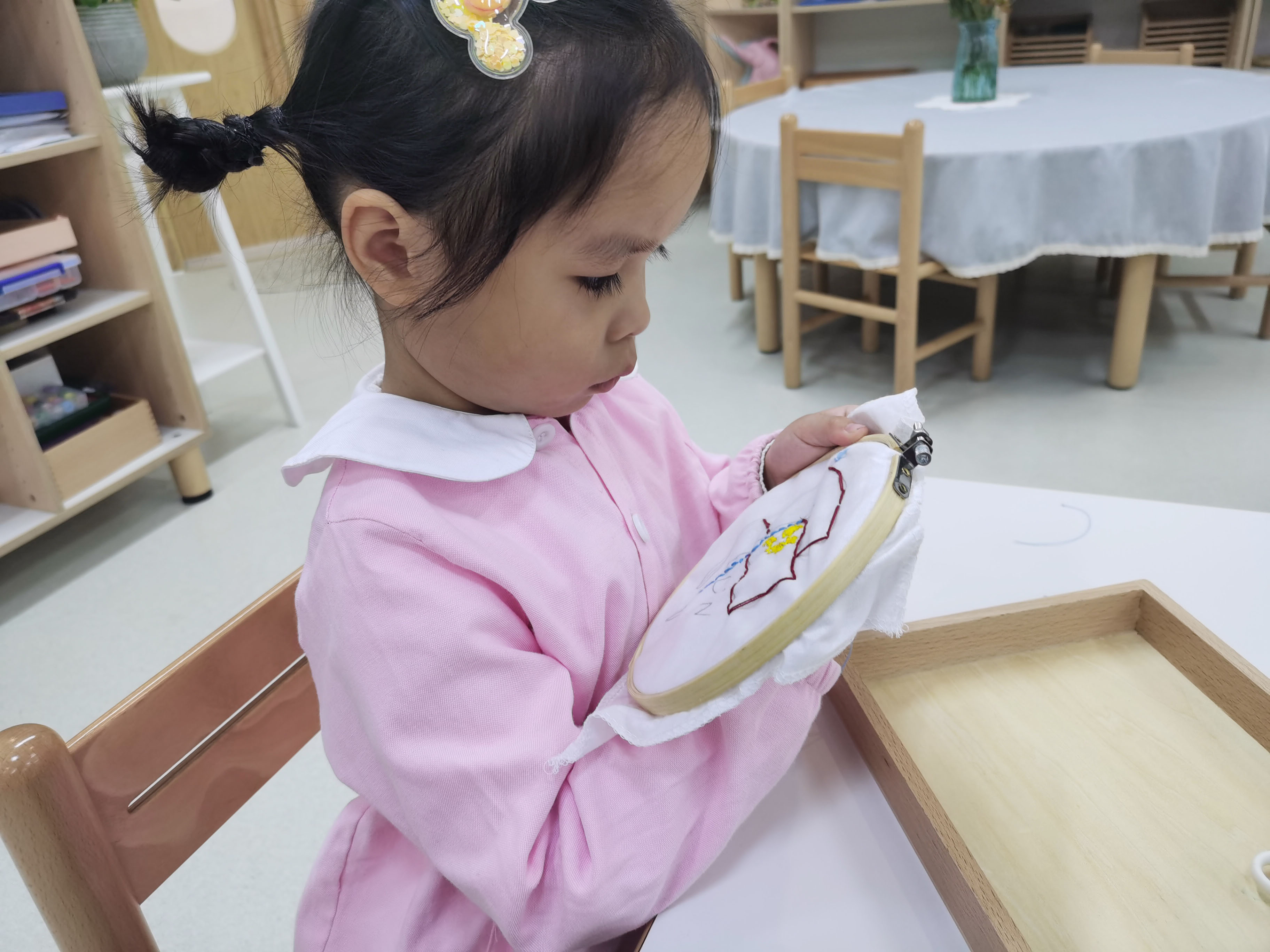
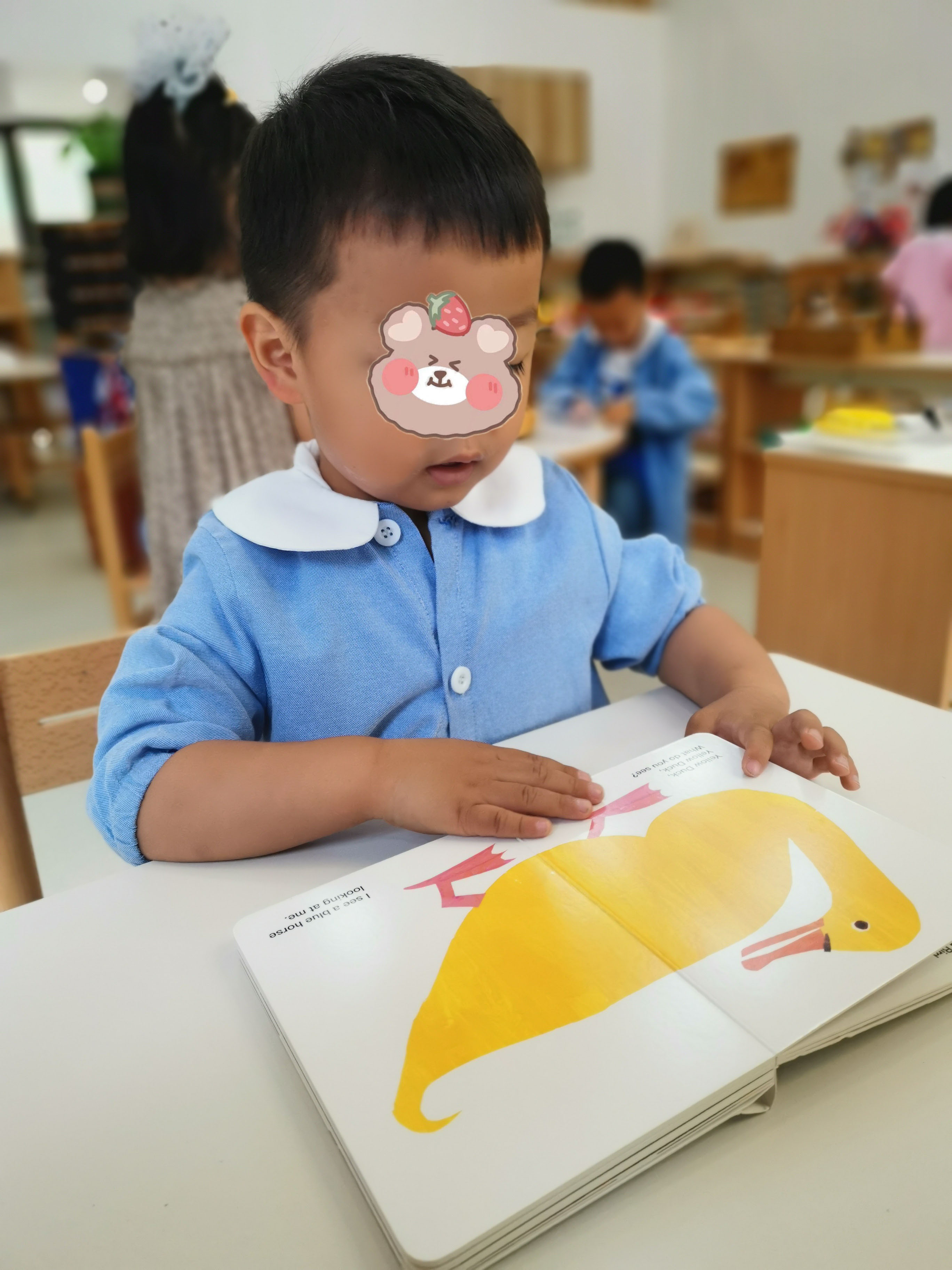
In Montessori class, a wealth of language is naturally generated through presentation of and practice with Montessori materials, and the interesting is even where these do not have language as their main purpose. For example, the presentation of Pink Tower could generate language such as cube, square, smaller than, bigger than, build, put on top of, and so on, depending on the language level of the child. The idea behind this is the child have chosen the activity themselves, they are already interested and self-motivated, thus making learning new vocabulary and practicing both productive, receptive and effective.
在蒙特梭利教室裡���,蒙特梭利教具的呈現(xiàn)和蒙特梭利工作的操作並不是將語言學(xué)習(xí)作為首要目的的���,但有意思的是�����,孩子們豐富的語言學(xué)習(xí)卻是可以通過(guò)蒙特梭利教具的展示和操作自然產(chǎn)生的������。比如���,粉紅塔搭建這項(xiàng)工作可以幫助孩子們掌握:立方體、正方形、比...大、比...小、搭建、放在...上面���,等詞彙������。當(dāng)然����,語言內(nèi)容的難易程度取決於孩子們的語言發(fā)展水平���。那麼������,為什麼說(shuō)孩子對(duì)於語言的學(xué)習(xí)可以和蒙特梭利工作同時(shí)進(jìn)行呢?這主要是因為孩子在主動(dòng)選擇某些工作的同時(shí)������,他們也獲得了學(xué)習(xí)的內(nèi)驅力和興趣����。也正是這份學(xué)習(xí)自發(fā)性����,才能讓孩子在工作同時(shí)也更高效地掌握了新詞彙並進(jìn)行了反覆的語言練習(xí)�����。
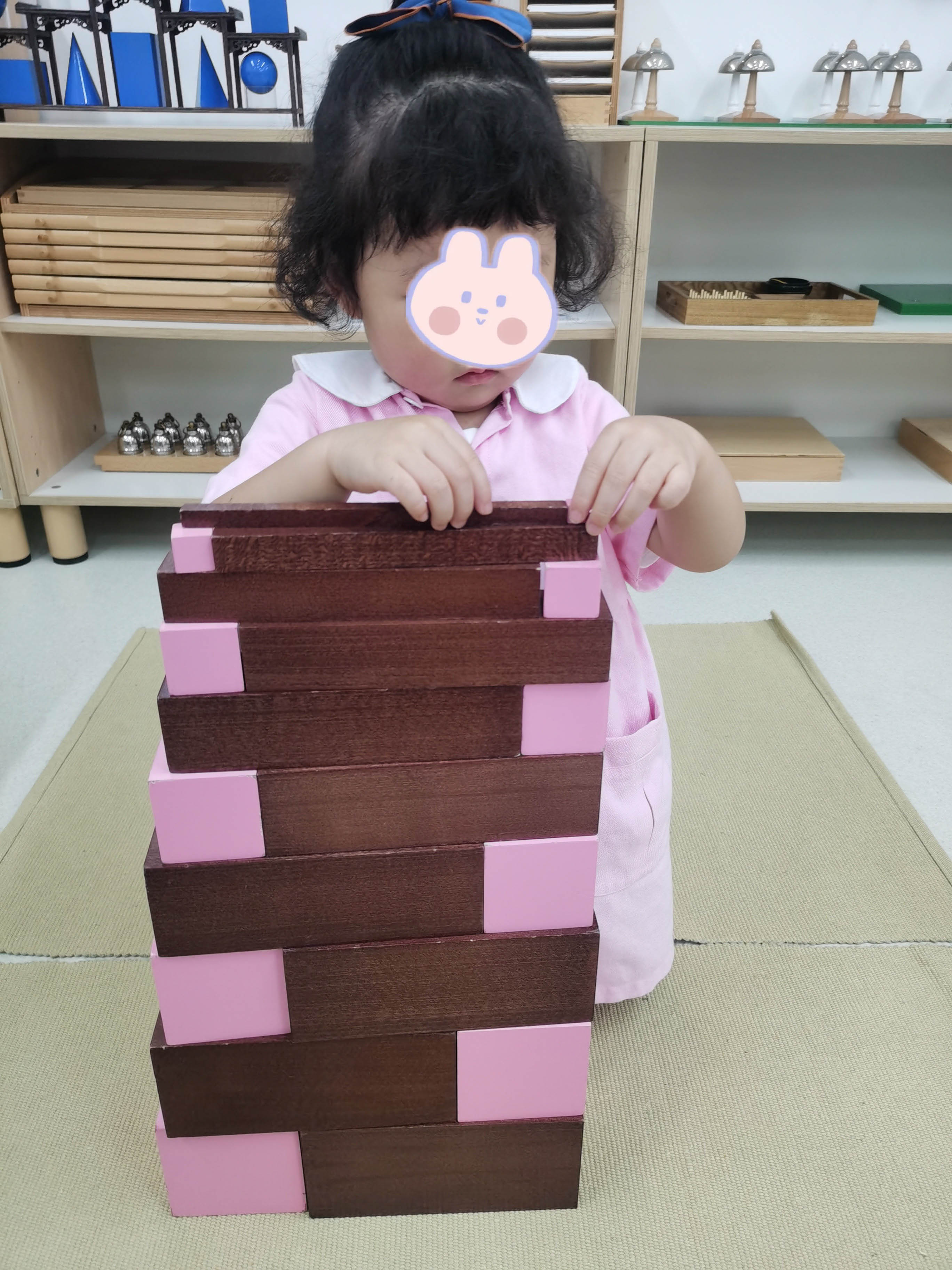
In Montessori Education philosophy, the teaching materials tend to be concrete objects, the logic behind this is emphasizing on the real and natural. Just because of this, children can learn though action and new language can be readily absorbed using this multi-sensory approach, because the child is activating many of their senses as they engage with the materials. By engaging their senses and using their hands to manipulate objects, children’s experiences naturally become committed to memory, along with the language that is used to describe them.
真實(shí)和自然是蒙特梭利教育理念裡尤為重要的因素�����。在蒙特梭利教室裡������,孩子們能接觸到的教具都是真實(shí)、自然、可操作的���。正因為如此���,孩子們在操作教具時(shí)������,對(duì)真實(shí)教具的觸摸和感知激活了孩子的多重感官體驗(yàn)������,這一體驗(yàn)過(guò)程所帶來(lái)的「複雜」感覺將自然而然地在孩子腦海中形成記憶������,同時(shí)也形成用來(lái)描述這些觸覺和感覺的語言�����。所以孩子們在操作教具時(shí)產(chǎn)生的多維度、多感官的體驗(yàn)過(guò)程更能幫助孩子更容易地去掌握和學(xué)習(xí)一門(mén)新語言����。

